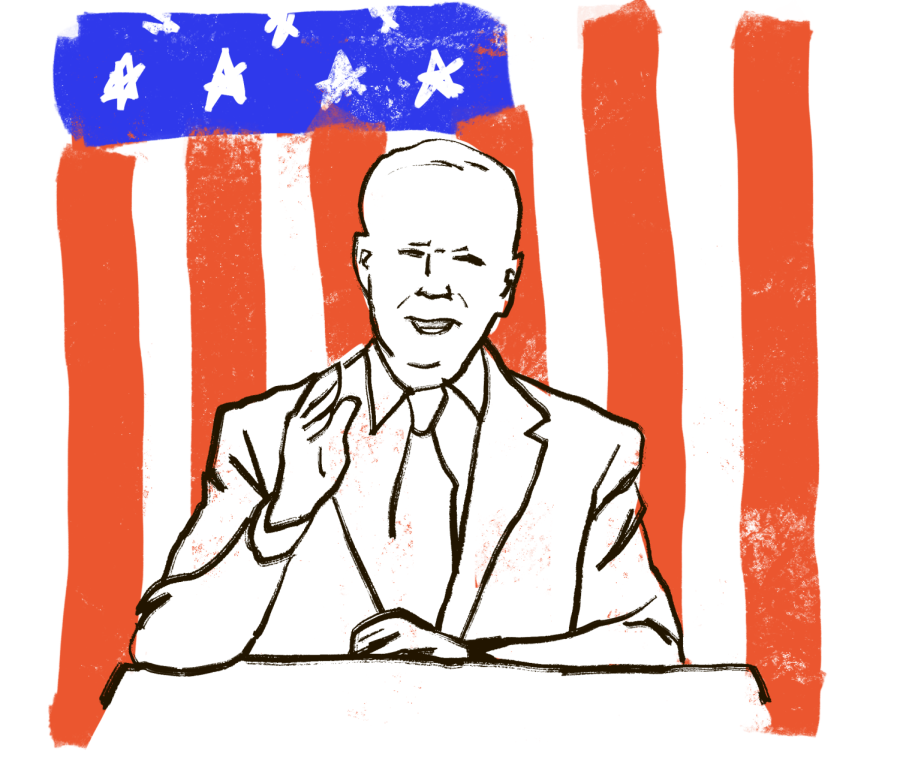Joe Biden’s Second State of the Union Address
April 8, 2022
On March 1st, President Joe Biden addressed the nation for the second time, acknowledging the many issues that plague us domestically and internationally. Biden’s first address centered on two topics: the COVID-19 pandemic and the Capitol insurrection; Biden, along with many on the left, argues that the insurrection was incited by former president Donald Trump. In this address, Biden remained otherwise focused on the pandemic and the state of the economy, highlighting the positive increase in American employment and the government’s progress in combatting the pandemic, but also new developments in the United States’ role in the conflict between Russia and Ukraine.
Biden’s perspective on the Ukraine crisis was highly anticipated by European Union leaders and everyday citizens alike. It’s clear that Biden sought to vehemently declare that the United States would not directly engage in the war (by using US troops on the ground)—unless NATO allies become targets in the conflict. Biden also applauded the bravery of the Ukrainian people who were incredibly resistant in the face of a staggering invasion from Putin’s Russia, remarking that “Ukrainians are fighting back with pure courage.” Biden also announced that comprehensive economic sanctions on Russia’s billionaires and industries have been collectively launched by the US’s Western allies and NATO member states.
The goal of Biden’s second SOTU was to reassure the nation on multiple fronts.
In terms of the reaction to Biden’s second State of the Union (SOTU), considering Trump’s and Putin’s cordial relationship, many on the left were surprised to see that Biden held back his criticisms of Republican senators for supporting the Russian president. Reporter Joy-Ann Reid from MSNBC stated that in fact, Biden “is a fundamentally bipartisan individual … he had an opportunity … to take a really solid hit at Republicans for having supported Vladimir Putin; he didn’t take it.”
Now, with NATO allies bolstering Ukraine in spirit and resources, the United States may not feel the need to militarily intervene particularly with the over-two-decade-long war that has been raging in the Middle East. Afterwards, President Biden underscored the importance of getting vaccinated, trusting the science, and launching the “Test to Treat” initiative, which allows people to get antiviral pills immediately with no cost, if proven positive at a pharmacy. Biden further stressed the importance of monitoring new COVID-19 variants, and given the funds from Congress, “[providing] new stockpiles of tests, masks, [and] pills.”
In short, the central goal of President Biden’s second SOTU was to reassure the nation on multiple fronts. The United States, to our President, is in flux—at home, and abroad. While the country has fought well to curb omicron, (particularly in contrast to the previous administration) rising prices and the ever-turbulent American economy remain at large. Not to mention new dangers abroad with
Ukraine and Russia. One can only speculate what the third State of the Union address might hold, as the nation continues to watch the Biden administration grapple in ostensibly the most bipartisan government in the history of the United States.
This piece also appears in our March 2022 print edition.










